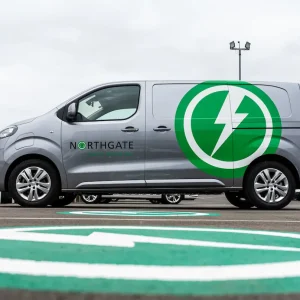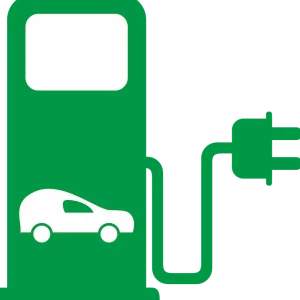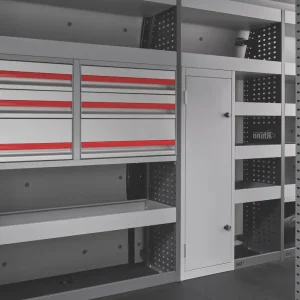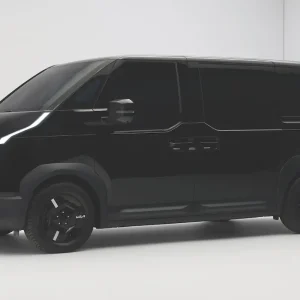
Starting with a blank canvas can concentrate the mind and stimulate creativity, which is certainly what happened with Renault in the design and development of the new Master.
The manufacturer has delivered a large van based on a multi-powertrain platform that promises to keep it at the top of the pecking order in a competitive sector for many years to come.
The new Master has been totally re-worked, the result is a model with a more forthright appearance married to an aerodynamic body and a more practical one to boot. Importantly, there’s now provision for diesel engines, electric batteries and a hydrogen fuel cell to come. It’s the complete package and streets ahead of the competition, much of which is still trying to figure out how to transform ageing combustion engine chassis into something capable of housing a motor and battery.
While there are no significant changes in the diesel engine versions besides
the all-new chassis the engine is housed in, the combination of the EV drivetrain and a new platform is a shining example of how developing a powertrain to fit harmoniously into a vehicle can yield superb results.
Renault is no stranger to electrification. It helped pioneer the segment with
the Kangoo ZE and although the Master ZE that arrived in 2018 left room for improvement, it gave the brand a starting block to work on. Renault has come a long way from the 33kWh battery of the first-generation electric Master, which had a range of just 74 miles, and although it introduced a 52kWh battery four years later when the Master adopted the E-Tech name, the range only increased to a still underwhelming 125 miles.
The new Master, however, has changed the game and made a much more dramatic impact. Its aggressive front grille tells you this is a serious van. It’s a van with confidence, and rightly so as the electric Master E-Tech gets up to 143hp (105kW) and now comes with a choice of two batteries, at 40kWh and 87kWh.
The larger battery gives the E-Tech a WLTP range of 285 miles1 and thanks to all that design work. There’s battery regeneration which helps to recoup energy during braking and high gross vehicle weight options mean that the payload maxes out at a meaty 1,625kg2.
As well as the outside of the van, the interior of the new Master has also seen significant upgrades. A 10in openR link screen with Google built-in3 is the centrepiece as well as 135-litres of internal storage, which is a 25% increase over the previous model. It’s more useable and practical but also with greater safety features, with up to 20 advanced driver-assistance systems4, depending on version, including lateral stability control, automatic emergency braking and trailer stability assist systems through to intelligent speed assist to help the driver stay within the speed limit.
In addition to being named the What Van? Large Van of the Year, the new Master is a truly worthy winner of the overall Van of the Year title for 2025. What’s more, it’s also been recognised globally, picking up its first award when it was named the International Van of the Year 2025.
For many years, the Master was an outside bet, the long shot in a race dominated by the Ford Transit and Mercedes-Benz Sprinter van. Now, however, the new Master can be considered one of the front runners in a competitive field where it’s equipped to lead the race as an ICE, BEV or H2 van.
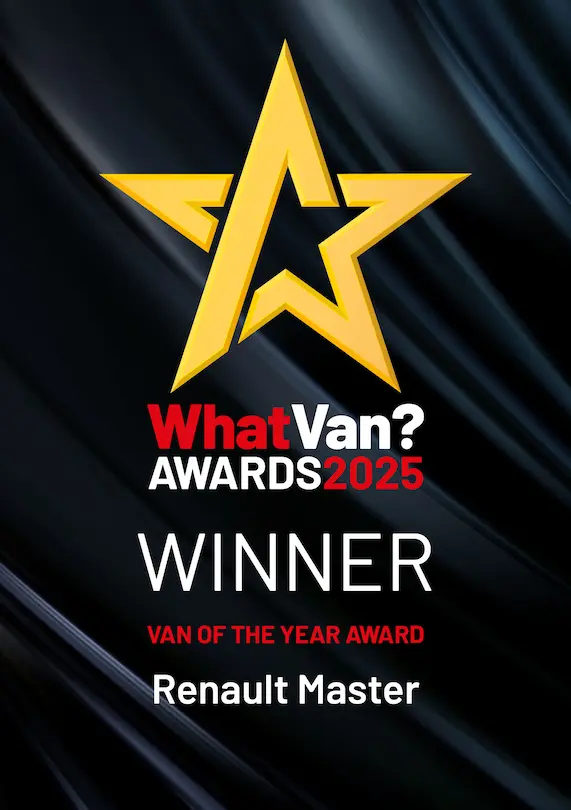
1 based on 87kWh E-Tech 100% electric L2H2 4T version. WLTP test data shown for comparability purposes only. Actual real world driving results may vary depending on factors including the starting charge of the battery, accessories fitted after registration, weather conditions, driving styles and vehicle load
2 usable cargo capacity based on 87kWh E-Tech 100% electric L2H2 4T version.
3 available as standard on Extra and optional on other versions. Google & Google Maps are trademark of Google LLC
4 It is your responsibility to stay alert, drive safely and be in control of the vehicle at all times. Driver assistance features have speed and other limitations and should not be solely relied on. For more information, please refer to the owner’s manual or visit renault.co.uk/safety.

